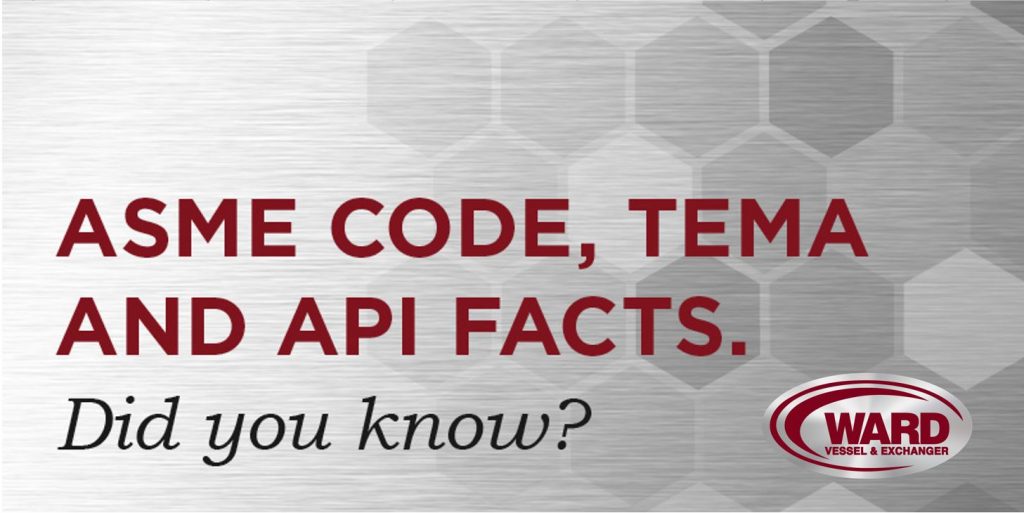 You may have heard the old joke that ASME stands for Always / Sometimes / Maybe / Except. Not true, but it is true that it can be hard to tell the code requirements from the recommendations, or what parts are simply informational. The ASME committees choose words very carefully when writing the code. Certain words are used to denote which items are required, which are recommended, and which are completely optional. When reading the code, it can be helpful to know how key words are used to determine the intent of the code.
You may have heard the old joke that ASME stands for Always / Sometimes / Maybe / Except. Not true, but it is true that it can be hard to tell the code requirements from the recommendations, or what parts are simply informational. The ASME committees choose words very carefully when writing the code. Certain words are used to denote which items are required, which are recommended, and which are completely optional. When reading the code, it can be helpful to know how key words are used to determine the intent of the code.
- The word “shall” always indicates a requirement. An example is in UG-21, “Each element of a pressure vessel shall be designed for the most severe condition of coincident pressure and temperature expected in operation.” This is a requirement that must be followed.
- The word “should” denotes a recommendation. UG-101(a)(3) says “Safety of testing personnel should be given serious consideration when conducting proof tests.” This is not a requirement, but still a strong recommendation.
- The word “may” is used to give permission, but is not required or even recommended. UW-11(b) says that butt welds that do not require full radiography “may be examined by spot radiography.” This option is up to the designer, or customer requirements.
Knowing these key word differences can help clear up confusion about the code. As always, contact us if you have any questions about the code.








